Electromagnetic Environment Complex Evaluation Algorithm Based on Fast S-transform and Time-frequency Space Model
-
摘要:
针对复杂电磁环境电磁干扰复杂度定性与定量评估问题,该文提出一种基于快速S变换时频空间模型的复杂度评估方法。利用快速S变换方法同步提取时域占用度、频域占用度和能量占用度等评估指标,给出了具体计算方法。在此基础上建立快速S变换时频空间评估模型,将时域、频域和能量域3维向量的F范数和均方根作为电磁环境主观复杂度和客观复杂度评估指标,克服了传统电磁干扰复杂度评估独立参数定级不能全面反映电磁干扰整体特性的局限性。仿真结果表明,采用该模型能有效同步提取时频及能量评估特征参数,时频空间评估模型能精确反映整体电磁干扰特征;实验测试结果验证了本文所提评估方法的正确性。
Abstract:For qualitative and quantitative complex evaluation problem of electromagnetic environment. This paper proposes a novel electromagnetic environment complex evaluation algorithm based on fast S-transform and time-frequency space model, which can count time-complex, frequency-complex and energy-complex simultaneously. Meanwhile, the computation methods and concept of qualitative and quantitative evaluation degree are introduced. To overcome the limitations of the traditional methods, F-norm and root-mean-square are selected as two important evaluation indicators, which have the advantage in accurate evaluation. Simulation results show that the proposed method is accurate and effective to reflect the intensity degree of electromagnetic interference; Meanwhile, the interference experiment of bus card confirms the correctness of the time-frequency space model. The experimental test results verify the correctness of the mentioned evaluators.
-
表 1 传统电磁环境复杂度的定级标准(%)
定性等级 定量等级 时间 频率 空域 一般复杂 1 0~10 0~10 0~10 2 10~20 10~20 10~20 3 20~30 20~30 20~30 轻度复杂 4 30~40 30~40 30~40 5 40~50 40~50 40~50 中度复杂 6 50~60 50~60 50~60 7 60~70 60~70 60~70 8 70~80 70~80 70~80 重度复杂 9 80~90 80~90 80~90 10 90~100 90~100 90~100 表 2 本文电磁环境复杂度的定级标准(%)
定性等级 定量等级 客观复杂度C 主观复杂度Cm 一般复杂 1 0 < C ≤ 0.1 Cm ≥ 2.7 2 0.1 < C ≤ 0.8 2.7 > Cm ≥ 2.4 3 0.8 < C ≤ 2.7 2.4 > Cm ≥ 2.1 轻度复杂 4 2.7 < C ≤ 6.4 2.1 > Cm ≥ 1.8 5 6.4 < C ≤ 12.5 1.8 > Cm ≥ 1.5 中度复杂 6 12.5 < C ≤ 21.6 1.5 > Cm ≥ 1.2 7 21.6 < C ≤ 34.3 1.2 > Cm ≥ 0.9 8 34.3 < C ≤ 51.2 0.9 > Cm ≥ 0.6 重度复杂 9 51.2 < C ≤ 72.9 0.6 > Cm ≥ 0.3 10 72.9 < C ≤ 100 0.3 > Cm 表 3 公交卡及电磁干扰信号参数表
信号样式 信号时频能量参数 中心频率(MHz) 持续时间(s) 带宽(MHz) 接收功率(dB) 公交卡信号 13.56 60 1.25 –20 干扰信号1 13.56 60 0.70 –30 干扰信号2 高斯噪声(0~400) 60 0~400 –70 表 4 客观复杂度评估参数及定量评价结果
信号样式 信号时频能量占用度(%) C (%) TP FP EP 干扰1 100 56 30 16.8 干扰2 100 100 <0.01 <0.01 表 5 主观复杂度评估参数及定量评价结果
信号样式 S变换时频模型评估参数 Cm tP1 (s) tP2 (s) fP1 (MHz) fP2 (MHz) SP1 (dBm) SP2 (dBm) 干扰1 0~60 0~60 13.56 13.56 –20 –30 0.90 干扰2 0~60 0~60 13.56 0~400 –20 –70 0.01 -
陈琛, 黄学良, 谭林林, 等. 电动汽车无线充电时的电磁环境及安全评估[J]. 电工技术学报, 2015, 30(19): 61–67. doi: 10.3969/j.issn.1000-6753.2015.19.010CHEN Chen, HUANG Xueliang, TAN Linlin, et al. Electromagnetic environment and security evaluation for wireless charging of electric vehicles[J]. Transactions of China Electrotechnical Society, 2015, 30(19): 61–67. doi: 10.3969/j.issn.1000-6753.2015.19.010 李伟, 魏光辉, 潘晓东, 等. 复杂电磁环境下通信装备干扰预测方法[J]. 电子与信息学报, 2017, 39(11): 2782–2789. doi: 10.11999/JEIT170107LI Wei, WEI Guanghui, PAN Xiaodong, et al. Interference prediction method of communication equipment under complex electromagnetic environment[J]. Journal of Electronics &Information Technology, 2017, 39(11): 2782–2789. doi: 10.11999/JEIT170107 TETLEY W. Analytical prediction of electromagnetic environments[J]. IRE Transactions on Communications Systems, 1961, 9(2): 175–185. doi: 10.1109/TCOM.1961.1097669 JAEKEL B W. Description and classification of electromagnetic environments - revision of IEC 61000-2-5[C]. IEEE International Symposium on Electromagnetic Compatibility, Detroit, USA, 2008: 1–4. 尹成友. 战场电磁环境分类与复杂性评估研究[J]. 信息对抗学术, 2007, 25(4): 4–6.YIN Chengyou. The battlefield electromagnetic environment complexity of classification and evaluation research[J]. Information Against Academic, 2007, 25(4): 4–6. 王志刚, 王芳, 赵志强. 战场电磁环境客观复杂性分析与评估[J]. 现代防御技术, 2010, 38(3): 19–25. doi: 10.3969/j.issn.1009-086x.2010.03.005WANG Zhigang, WANG Fang, and ZHAO Zhiqiang. The battlefield electromagnetic environment complexity of objective analysis and evaluation[J]. Modern Ddfence Technology, 2010, 38(3): 19–25. doi: 10.3969/j.issn.1009-086x.2010.03.005 顾有林, 张志, 王伟, 等. 电磁环境复杂度评估算法研究与仿真实现[J]. 系统仿真学报, 2012, 24(2): 394–397.GU Youlin, ZHANG Zhi, WANG Wei, et al. Research and simulation implementation of electromagnetic environment complex evaluation algorithm[J]. Journal of System Simulation, 2012, 24(2): 394–397. 王伦文, 孙伟, 潘高峰. 一种电磁环境复杂度快速评估方法[J]. 电子与信息学报, 2010, 32(12): 2942–2947.WANG Lunwen, SUN Wei, and PAN Gaofeng. An evaluating quickly method for electromagnetic environment complexity[J]. Journal of Electronics &Information Technology, 2010, 32(12): 2942–2947. ZEDDAM A, AVRIL G, and TLICH M. Electromagnetic environment and telecommunications: Towards a cognitive electromagnetic compatibility[J]. Comptes Rendus Physique, 2009, 10(1): 4–12. doi: 10.1016/j.crhy.2009.02.001 董志勇, 栗强. 基于层次分析法的人为电磁环境复杂程度评估[J]. 指挥控制与仿真, 2008, 30(5): 106–112. doi: 10.3969/j.issn.1673-3819.2008.05.030DONG Zhiyong and LI Qiang. Complexity evaluation of artificial electromagnetism environment based on AHP[J]. Command Control &Simulation, 2008, 30(5): 106–112. doi: 10.3969/j.issn.1673-3819.2008.05.030 代合鹏, 苏东林. 电磁环境复杂度定量分析方法研究[J]. 微波学报, 2009, 25(3): 25–27.DAI Hepeng and SU Donglin. Study of the complexity evaluationon electromagnetism environment[J]. Journal of Microwaves, 2009, 25(3): 25–27. 王志刚, 何俊. 战场电磁环境复杂性定量评估方法研究[J]. 电子信息对抗技术, 2008, 25(2): 50–53. doi: 10.3969/j.issn.1674-2230.2008.02.013WANG Zhigang and HE Jun. The research of battlefield electromagnetic environment complexity quantitative evaluation method[J]. Electronic Information Warfare Technology, 2008, 25(2): 50–53. doi: 10.3969/j.issn.1674-2230.2008.02.013 YIN Baiqiang, HE Yigang, LI Bing, et al. An adaptive SVD method for solving the pass-region problem in S-transform time-frequency filters[J]. Chinese Journal of Electronics, 2015, 24(1): 115–123. doi: 10.1049/cje.2015.01.019 YAO Wenxuan, TANG Qiu, TENG Zhaosheng, et al. Fast S-transform for time-varying voltage flicker analysis[J]. IEEE Transactions on Instrumentation & Measurement, 2014, 63(1): 72–79. 尹柏强, 何怡刚, 朱彦卿. 一种广义S变换及模糊SOM网络的电能质量多扰动检测和识别方法[J]. 中国电机工程学报, 2015, 35(4): 866–872.YIN Baiqiang, HE Yigang, and ZHU Yanqing. Detection and classification of power quality multi-disturbances based on generalized S-transform and fuzzy SOM neural network[J]. Proceedings of the Chinese Society of Electrical Engineering, 2015, 35(4): 866–872. 朱明哲, 姬红兵, 董青峰. 广义S变换及其在复杂辐射源信号分析中的应用[J]. 电子与信息学报, 2013, 35(10): 2432–2436. doi: 10.3724/SP.J.1146.2012.01311ZHU Mingzhe, JI Hongbing, and DONG Qingfeng. Generalized S-transform and its application to analysis of complex emitter signals[J]. Journal of Electronics &Information Technology, 2013, 35(10): 2432–2436. doi: 10.3724/SP.J.1146.2012.01311 李文臣, 张政超, 陆静, 等. 电磁环境复杂度等级评估模型[J]. 中国电子科学研究院学报, 2012, 7(4): 427–430. doi: 10.3969/j.issn.1673-5692.2012.04.023LI Wenchen, ZHANG Zhengchao, LU Jing, et al. Evaluation model of electromagnetic environment complexity classification[J]. Journal of China Academy of Electronics and Information Technology, 2012, 7(4): 427–430. doi: 10.3969/j.issn.1673-5692.2012.04.023 王健, 张江明, 王瑞, 等. 论电磁环境的相对性与" 接地气”的复杂度评估[J]. 电子与信息学报, 2016, 38(5): 1249–1255. doi: 10.11999/JEIT150947WANG Jian, ZHANG Jiangming, WANG Rui, et al. Relativity of electromagnetic environment and down-to-earth complexity evaluation[J]. Journal of Electronics &Information Technology, 2016, 38(5): 1249–1255. doi: 10.11999/JEIT150947 -





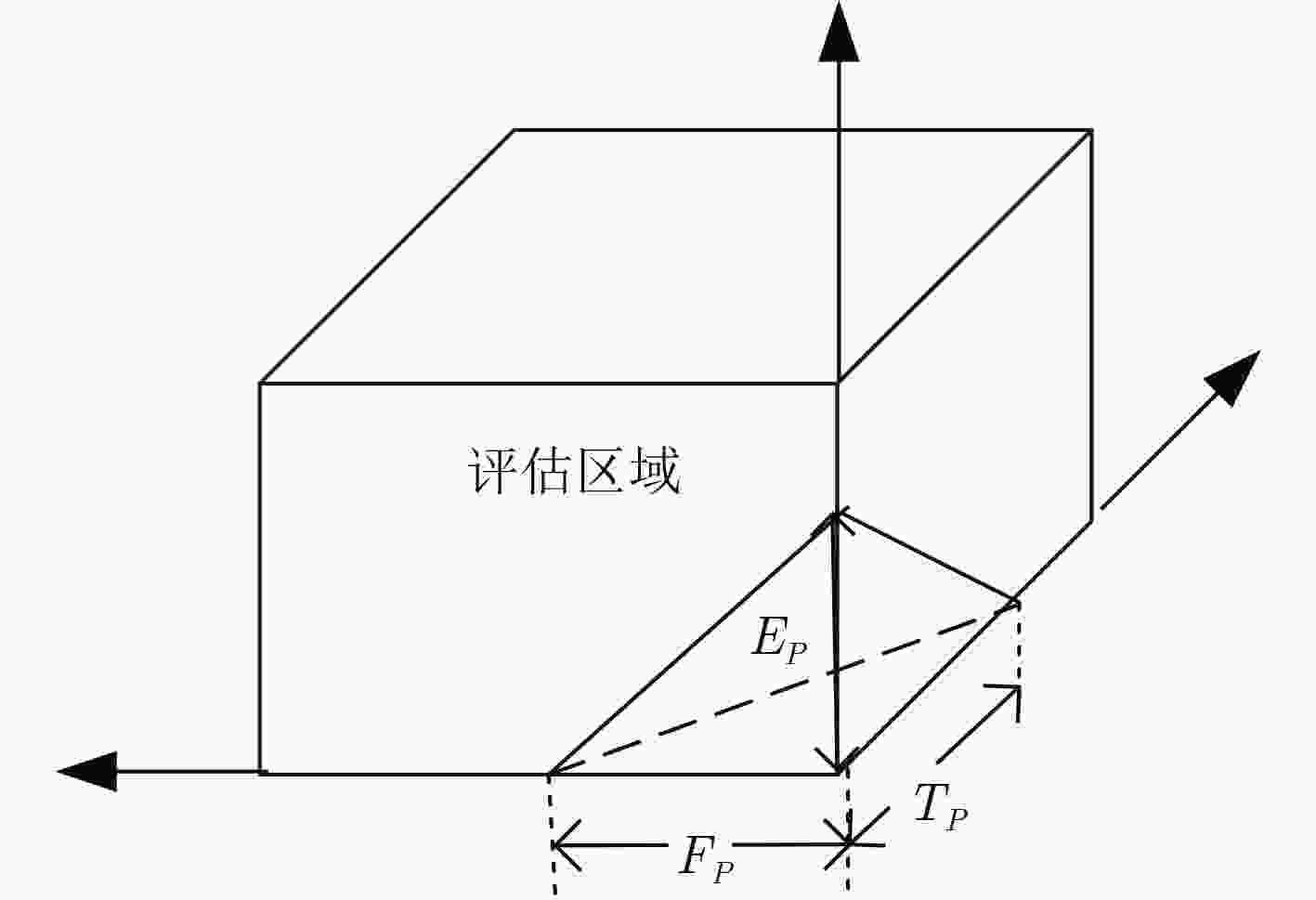
 下载:
下载:
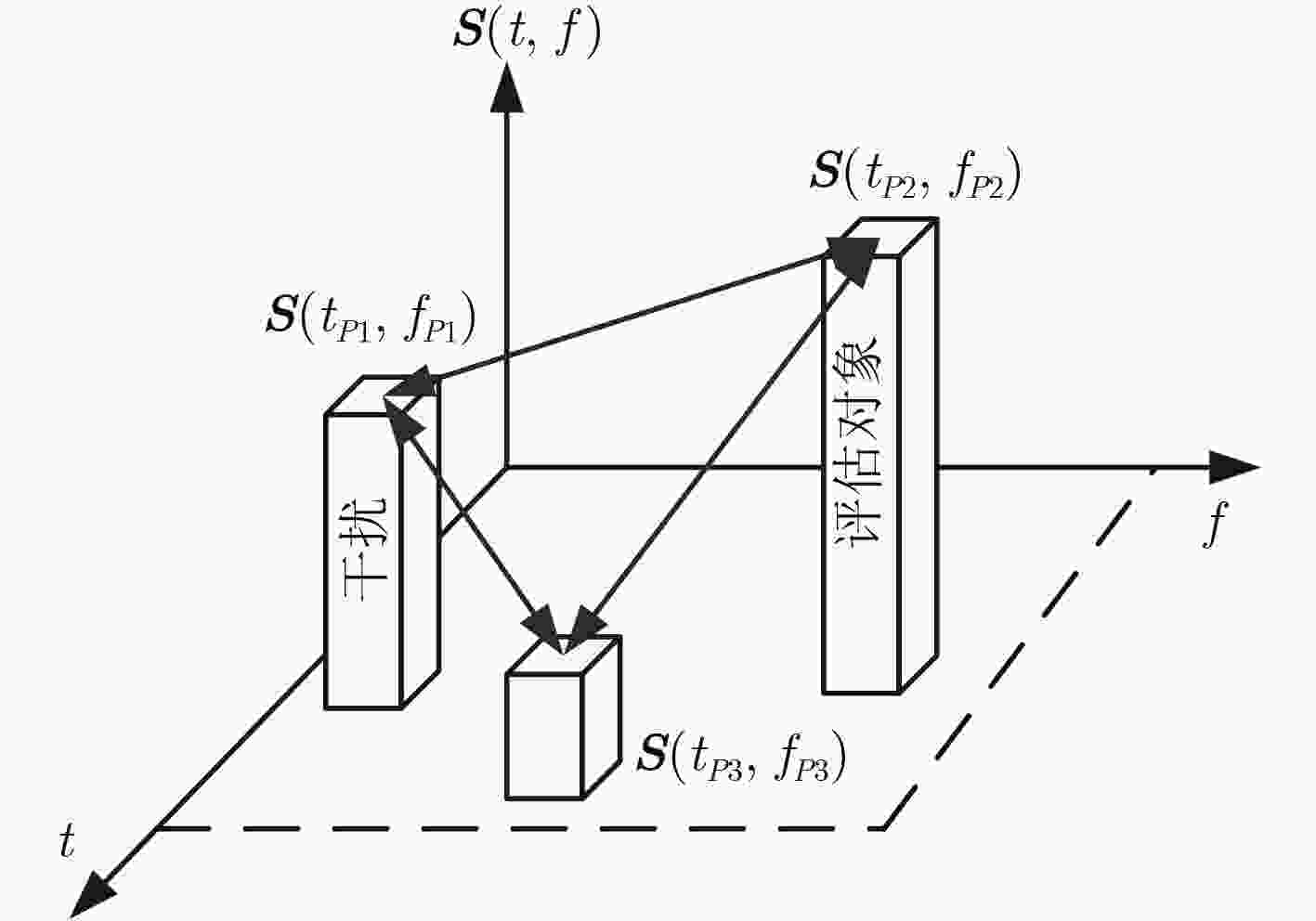
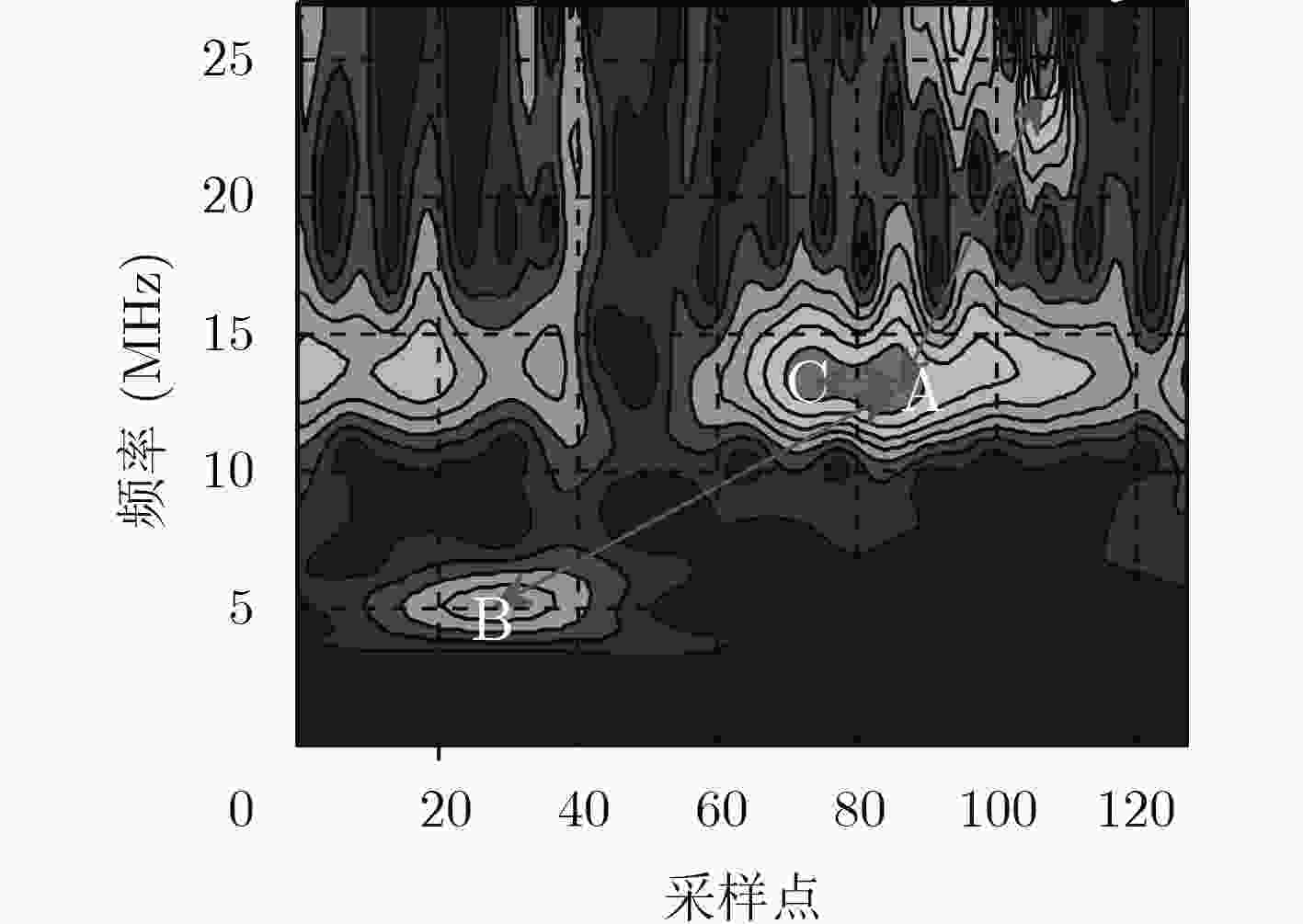
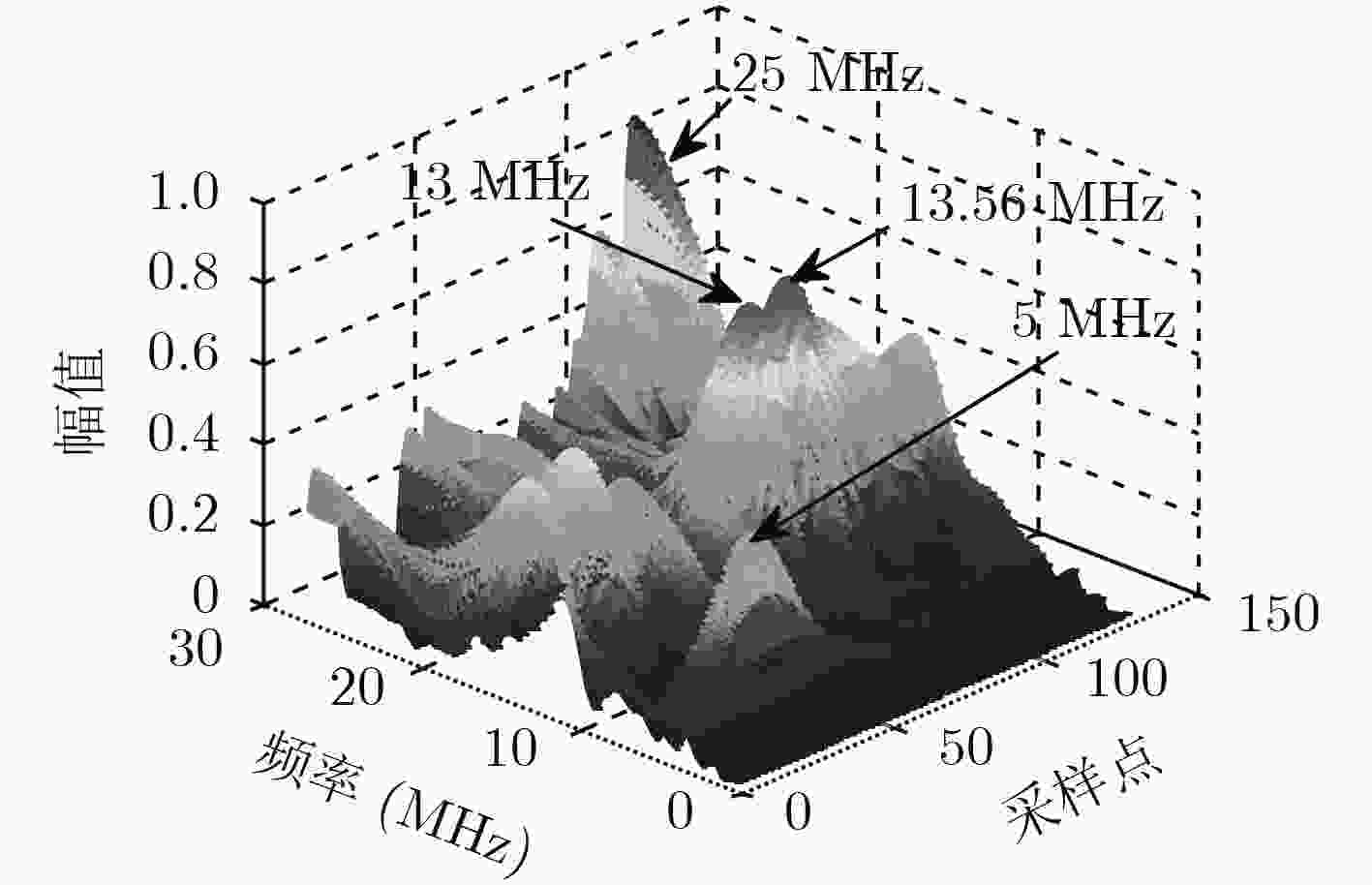

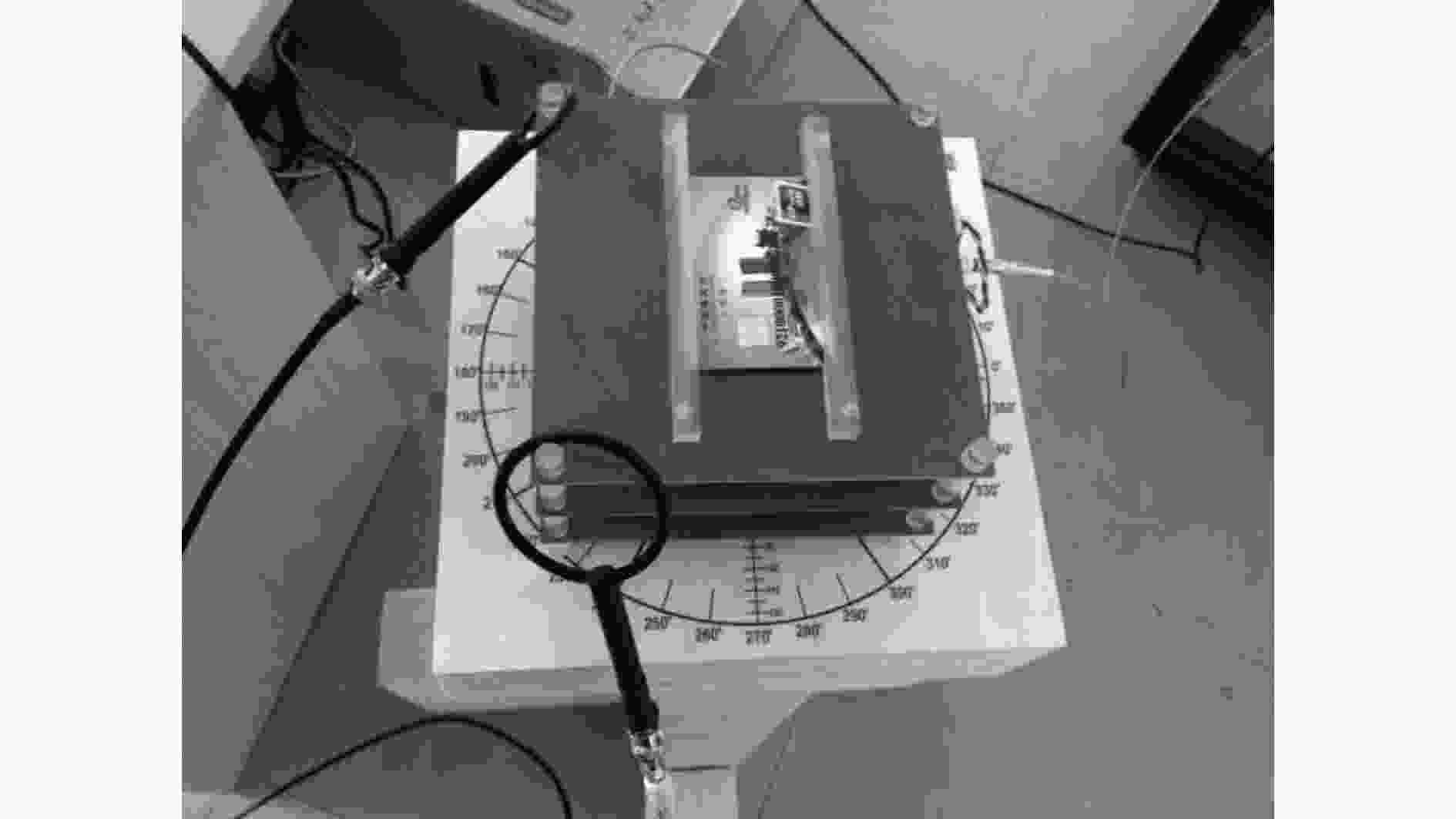
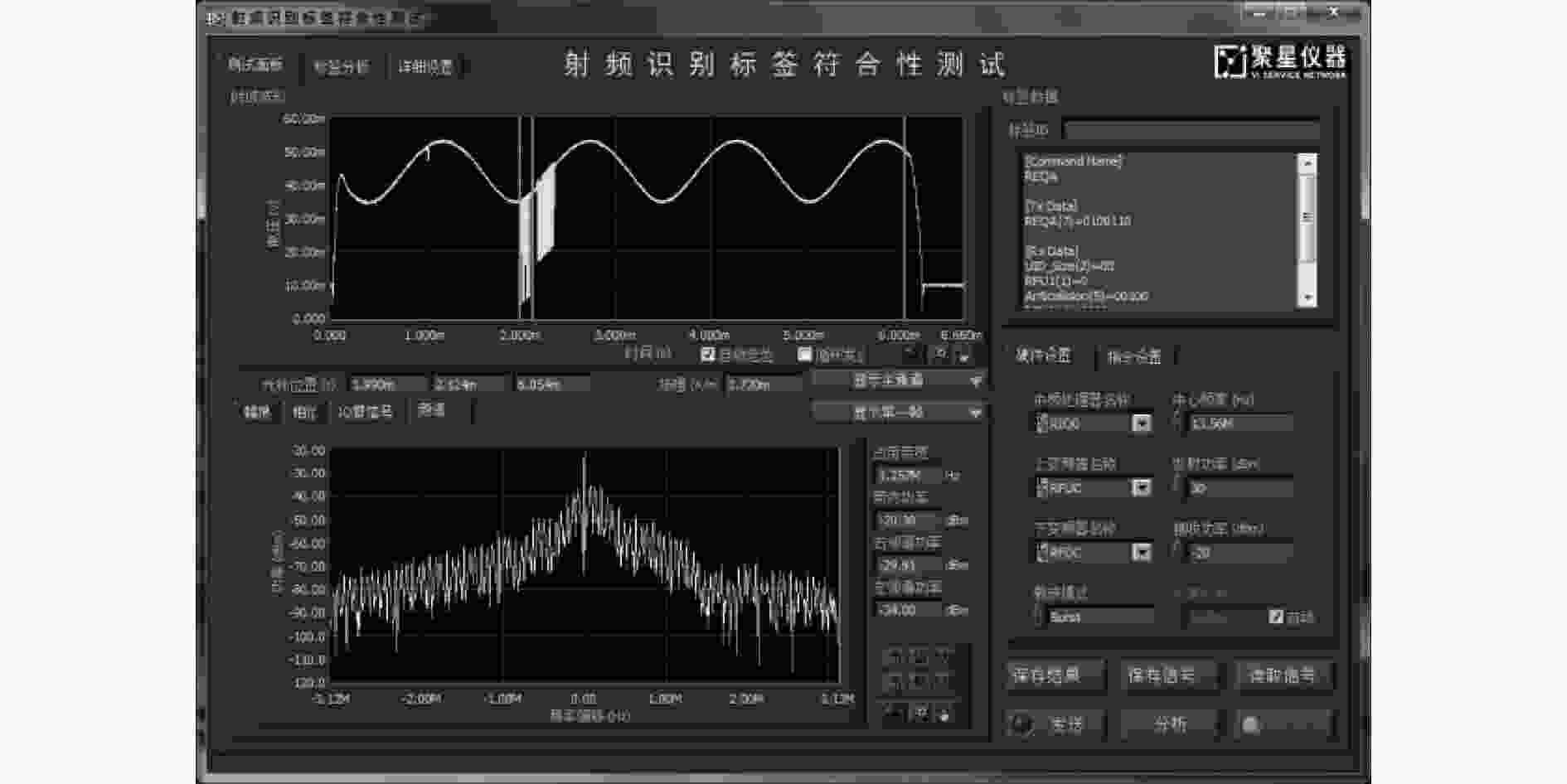
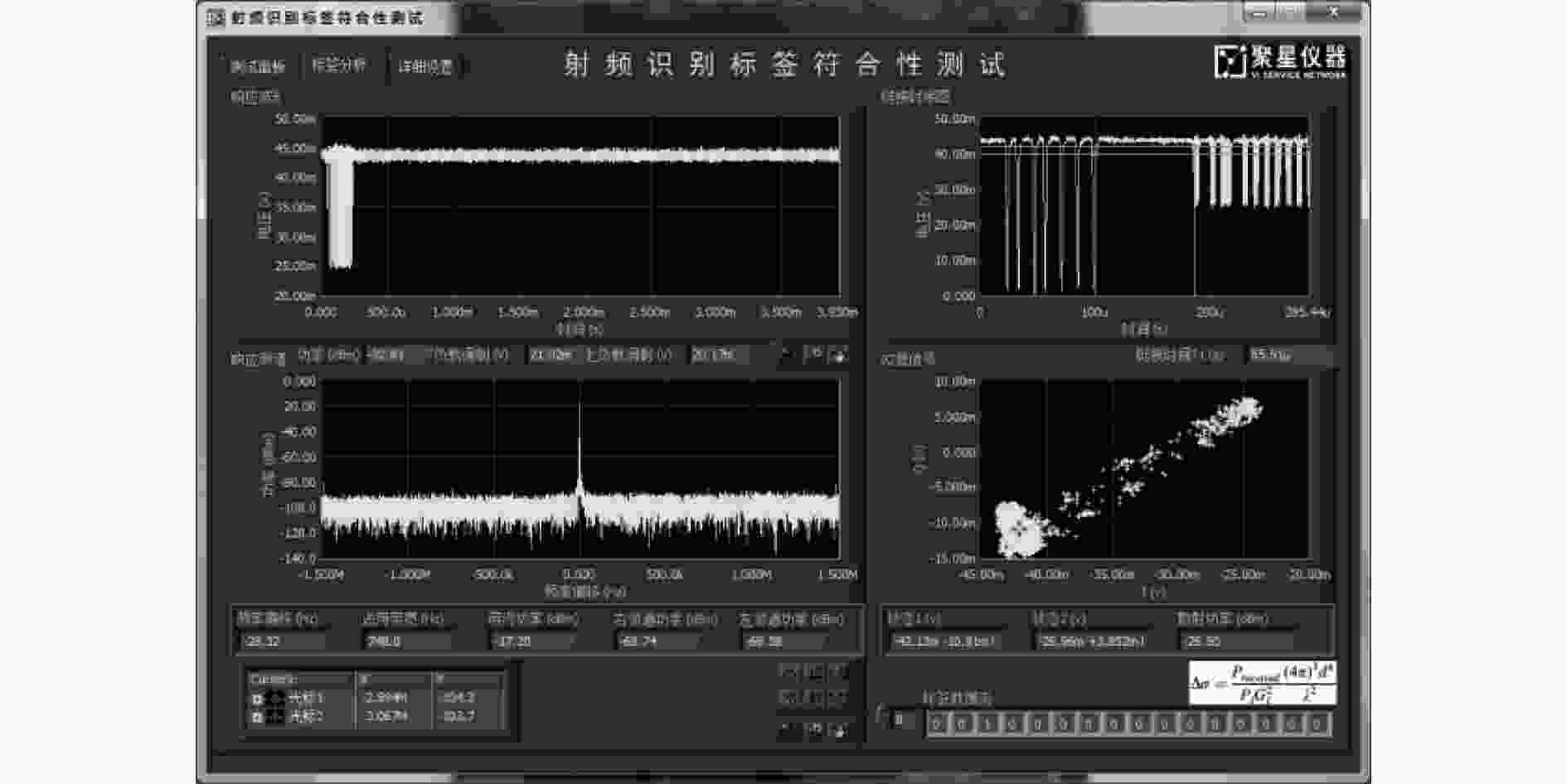


 下载:
下载:
